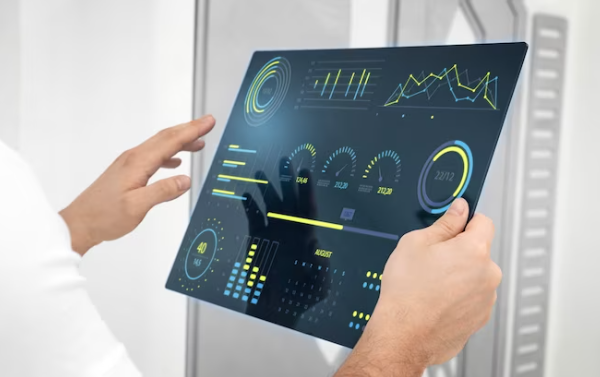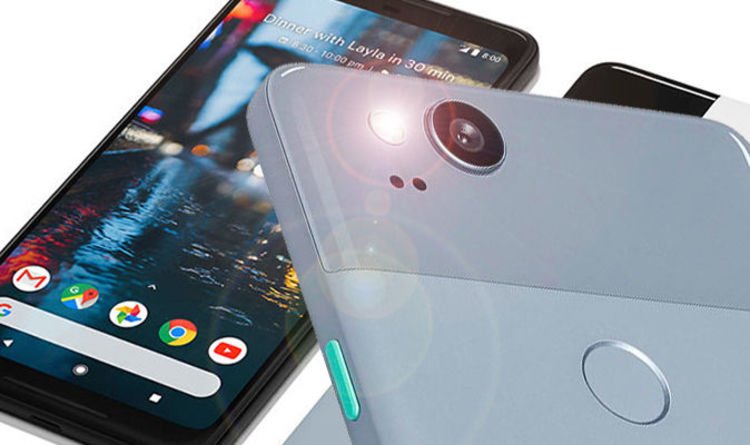The Internet of Things (IoT) and the Metaverse of Things (MoT) are two concepts that have gained significant attention in recent years. IoT refers to the network of physical objects, devices, and systems that are embedded with sensors, software, and connectivity. It enables them to exchange data and information with other devices and systems over the internet. On the other hand, MoT extends the concept of IoT to include virtual environments, such as online games, social media platforms, and other digital experiences.
MoT involves the interconnectivity of virtual and physical objects, creating a seamless experience between the two. In a MoT environment, a user could, for example, use a physical object to control a virtual object or vice versa. IoT and MoT together have the potential to revolutionise many aspects of our lives and create a world where the physical and virtual are seamlessly integrated.
In the development of the Metaverse, IoT is poised to play a significant role. It can bridge the gap between the physical and virtual worlds, and create smart environments that adapt to the needs and preferences of users in real-time. IoT devices can also enhance the security and privacy of the Metaverse and provide personalised experiences to users. Finally, IoT devices can create new business models and revenue streams in the Metaverse.
However, there are also challenges that need to be addressed in order to fully realise the potential of IoT in the Metaverse, including the need for standardisation and interoperability across different devices and platforms.
However, IoT is limited in that it focuses only on the physical world and the devices that inhabit it. It does not take into account the virtual world, which is becoming increasingly important as more of our lives are lived online. This is where the concept of MoT comes in.
MoT extends the concept of IoT to include virtual environments, such as online games, social media platforms, and other digital experiences. MoT involves the interconnectivity of virtual and physical objects, creating a seamless experience between the two. In a MoT environment, a user could, for example, use a physical object to control a virtual object or vice versa.
The idea of MoT is to create a world where the physical and virtual worlds are indistinguishable, and users can seamlessly move between them. This could have significant implications for many areas of our lives, from entertainment and education to healthcare and business. For example, a user could use a physical device to control a virtual avatar in a game, or a doctor could use a virtual reality headset to perform surgery on a patient located on the other side of the world.
One of the key challenges of MoT is developing the infrastructure and technology needed to support it. This will require the development of new communication protocols, software platforms, and hardware devices that can seamlessly integrate physical and virtual environments. It will also require new standards and regulations to ensure interoperability and security across different systems and environments.
In conclusion, while IoT and MoT share many similarities, they are distinct concepts that address different aspects of our interconnected world. IoT focuses on the interconnectivity of physical devices, while MoT extends this concept to include virtual environments as well. Together, these two technologies have the potential to revolutionise many aspects of our lives and create a world where the physical and virtual are seamlessly integrated. However, significant challenges remain in developing the infrastructure and technology needed to make this vision a reality.
Role of IOT in Metaverse?
The Internet of Things (IoT) is poised to play a significant role in the development and evolution of the Metaverse. The Metaverse is a virtual universe where users can interact with each other and digital objects in a seamless, immersive experience. It is expected to transform many industries, from gaming and entertainment to education and healthcare.
One of the key advantages of IoT in the Metaverse is its ability to bridge the gap between the physical and virtual worlds. IoT devices are capable of collecting data from the physical world and transmitting it to the Metaverse, where it can be used to create new experiences and services. For example, sensors embedded in real-world objects could be used to track the movement of those objects in the virtual world, enabling new forms of gameplay or simulation.
Another important role for IoT in the Metaverse is in the creation of smart environments. Smart environments are spaces that are equipped with sensors, cameras, and other devices that can monitor and respond to the activities of users. In the Metaverse, smart environments could be used to create immersive experiences that adapt to the needs and preferences of users in real-time.
For example, a smart environment could adjust lighting, sound, and other factors to create a more engaging and immersive experience for a user.
IoT devices can also be used to enhance the security and privacy of the Metaverse. Security is a critical concern in the Metaverse, as users will be interacting with each other and exchanging sensitive information. IoT devices can be used to monitor and detect security breaches, as well as to implement security protocols to protect user data.
In addition, IoT devices can be used to provide personalised experiences to users. By collecting data on user behaviour and preferences, IoT devices can create personalised experiences that are tailored to the individual needs and interests of each user. For example, a virtual shopping experience could be customised to each user based on their previous purchasing history and preferences.
Finally, IoT devices can be used to create new business models and revenue streams in the Metaverse. For example, IoT devices could be used to collect data on user behaviour and preferences, which could then be used to create targeted advertising campaigns or to develop new products and services.
However, there are also challenges that need to be addressed in order to fully realise the potential of IoT in the Metaverse. These challenges include the need for standardisation and interoperability across different devices and platforms, as well as the need to address privacy and security concerns. In addition, there is a need for new business models and revenue streams that can support the development and deployment of IoT devices in the Metaverse.
In conclusion,
According to the discussion, IoT is expected to play a crucial role in the development and evolution of the Metaverse. It can bridge the gap between the physical and virtual worlds by collecting data from the physical world and transmitting it to the Metaverse. Moreover, IoT devices can be used to create smart environments that adapt to users’ needs and preferences in real-time. They can also enhance security and privacy, provide personalised experiences, and create new business models and revenue streams in the Metaverse.
However, there are challenges that need to be addressed, such as standardisation and interoperability across different devices and platforms, privacy and security concerns, and the need for new business models and revenue streams. It will require collaboration and innovation across different industries and stakeholders to fully realise the potential of IoT in the Metaverse.







